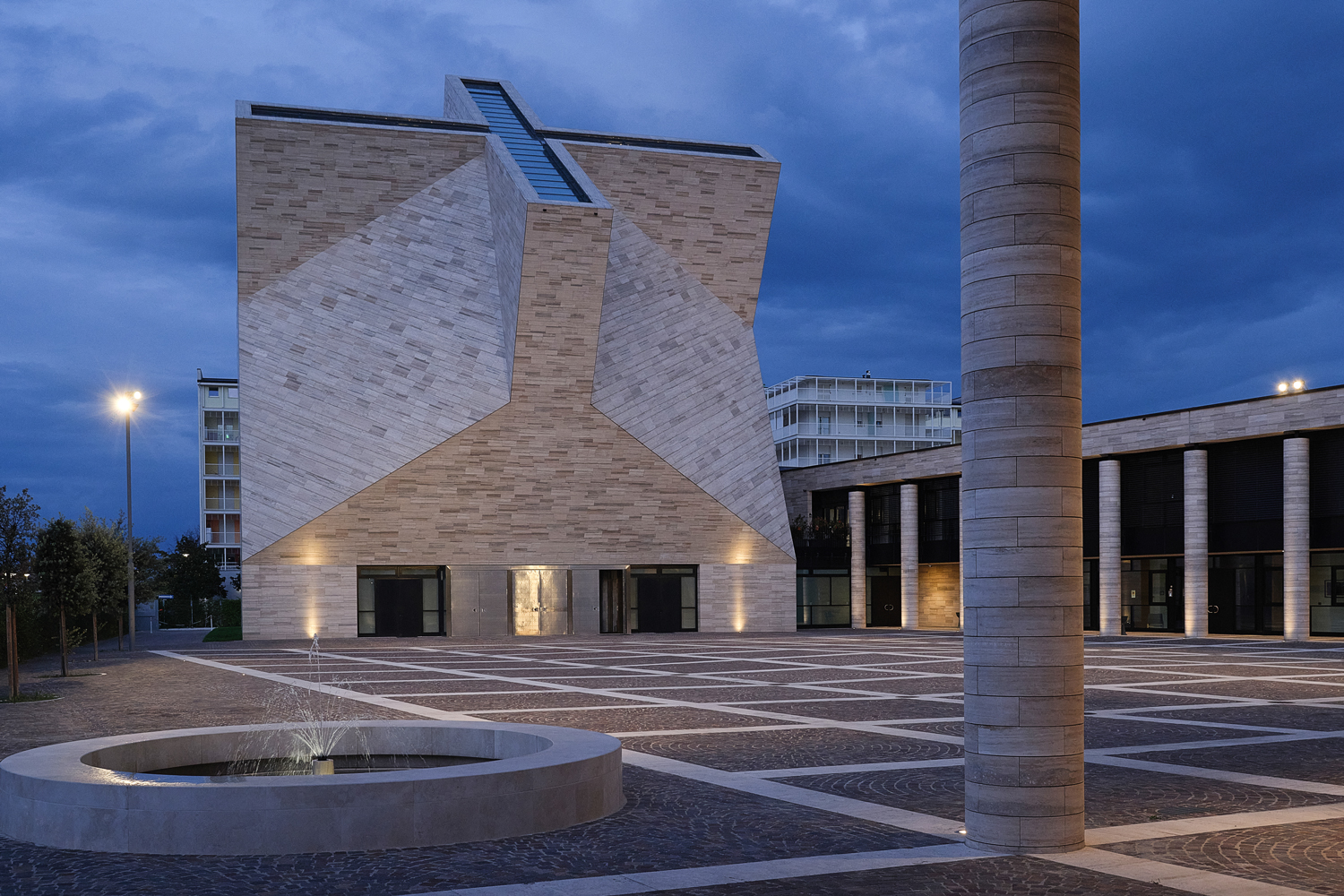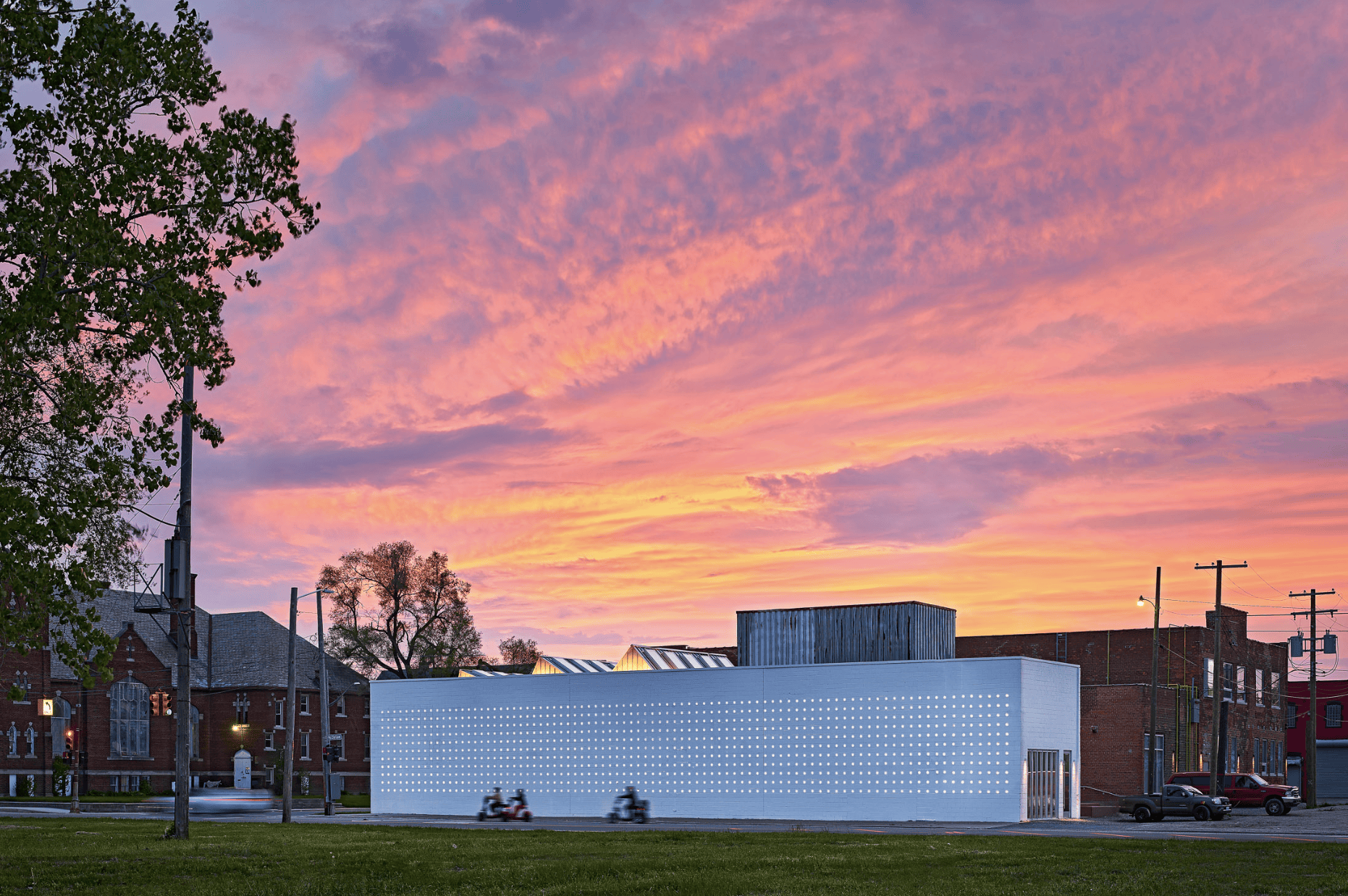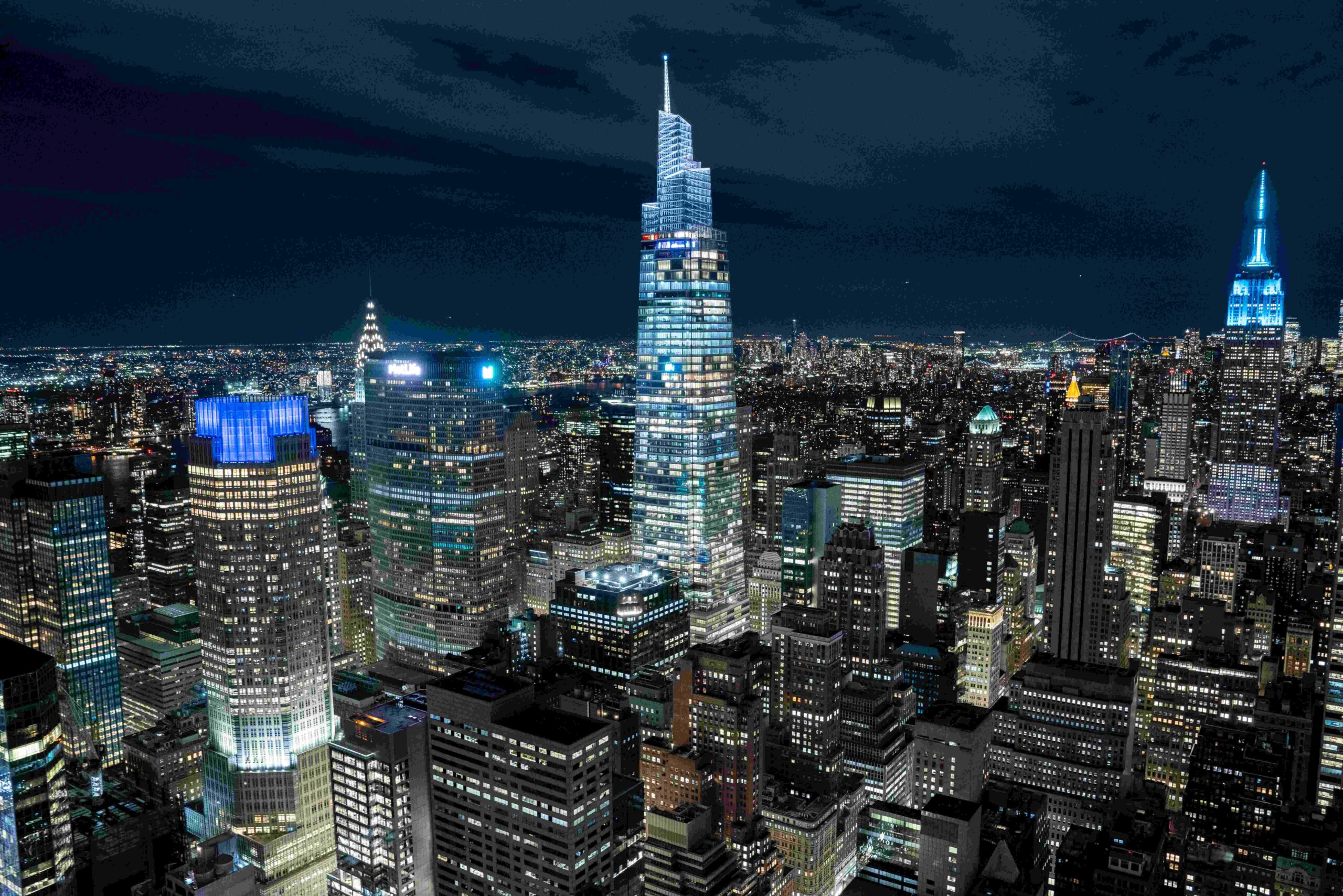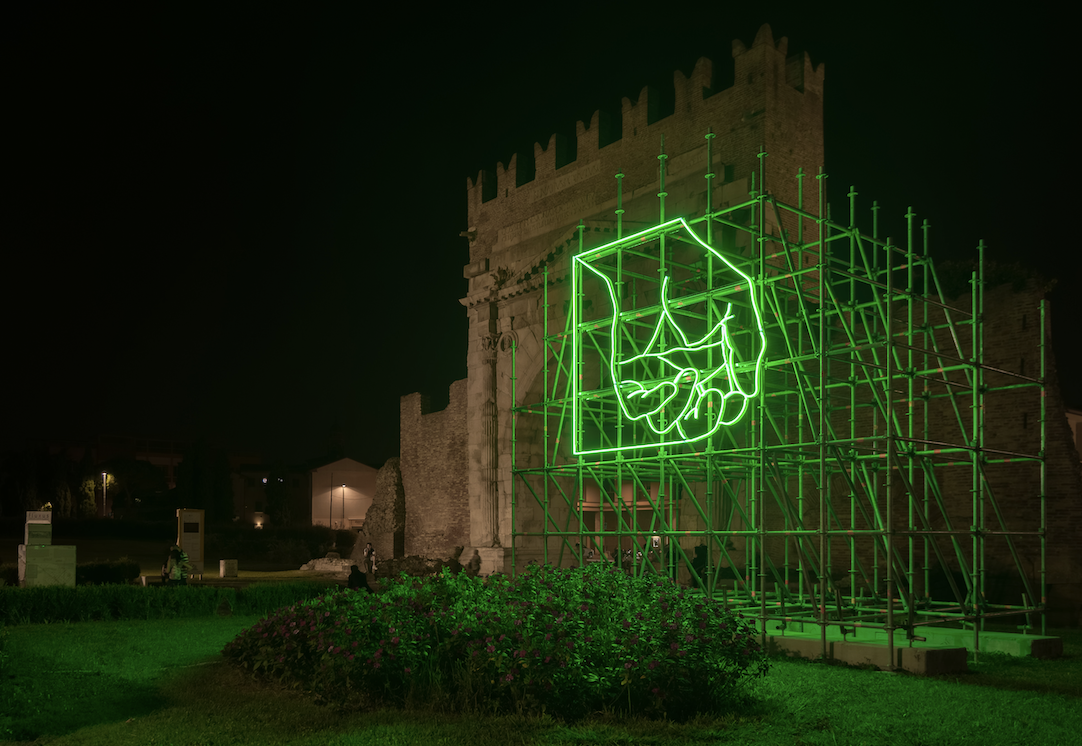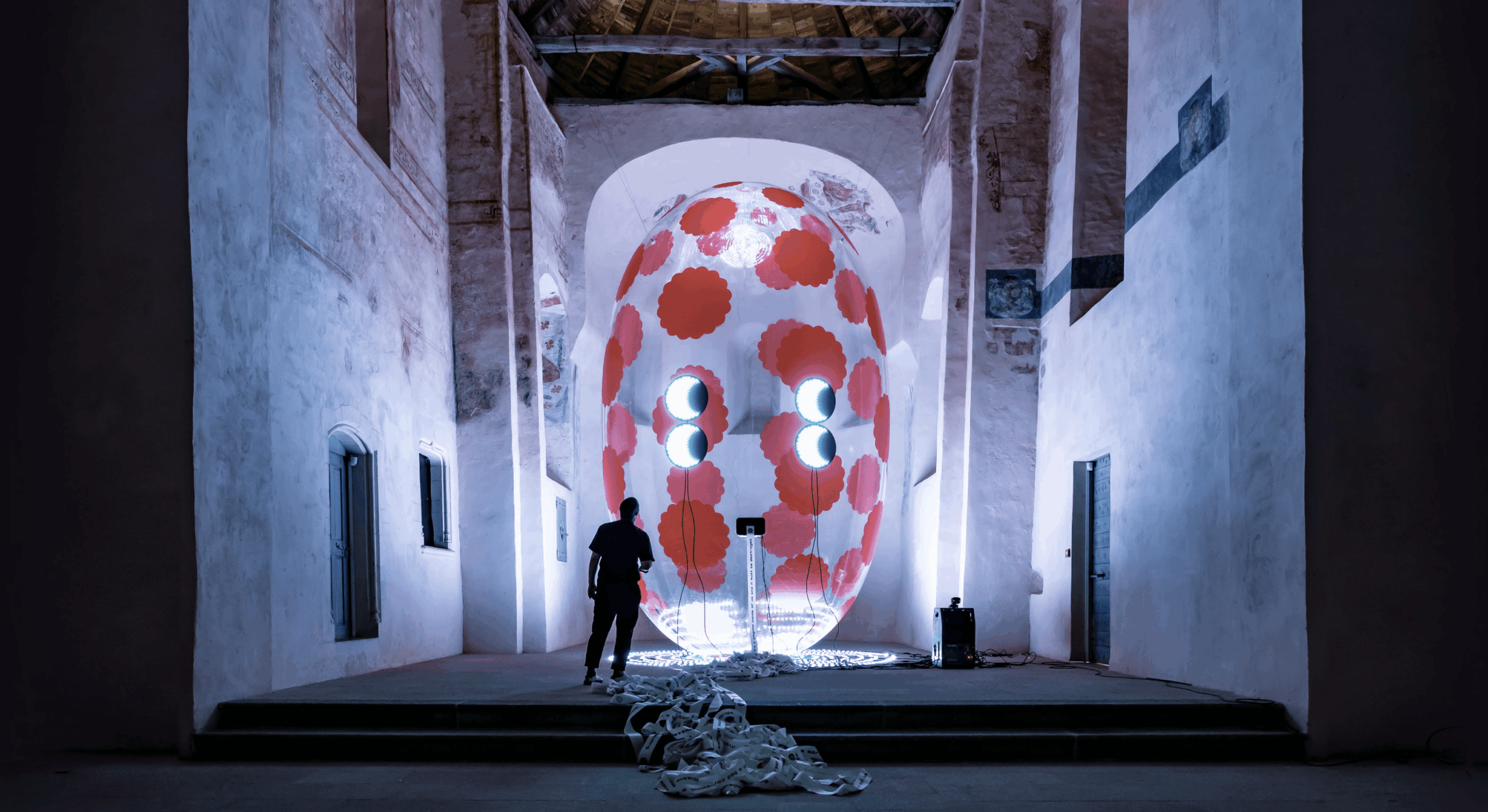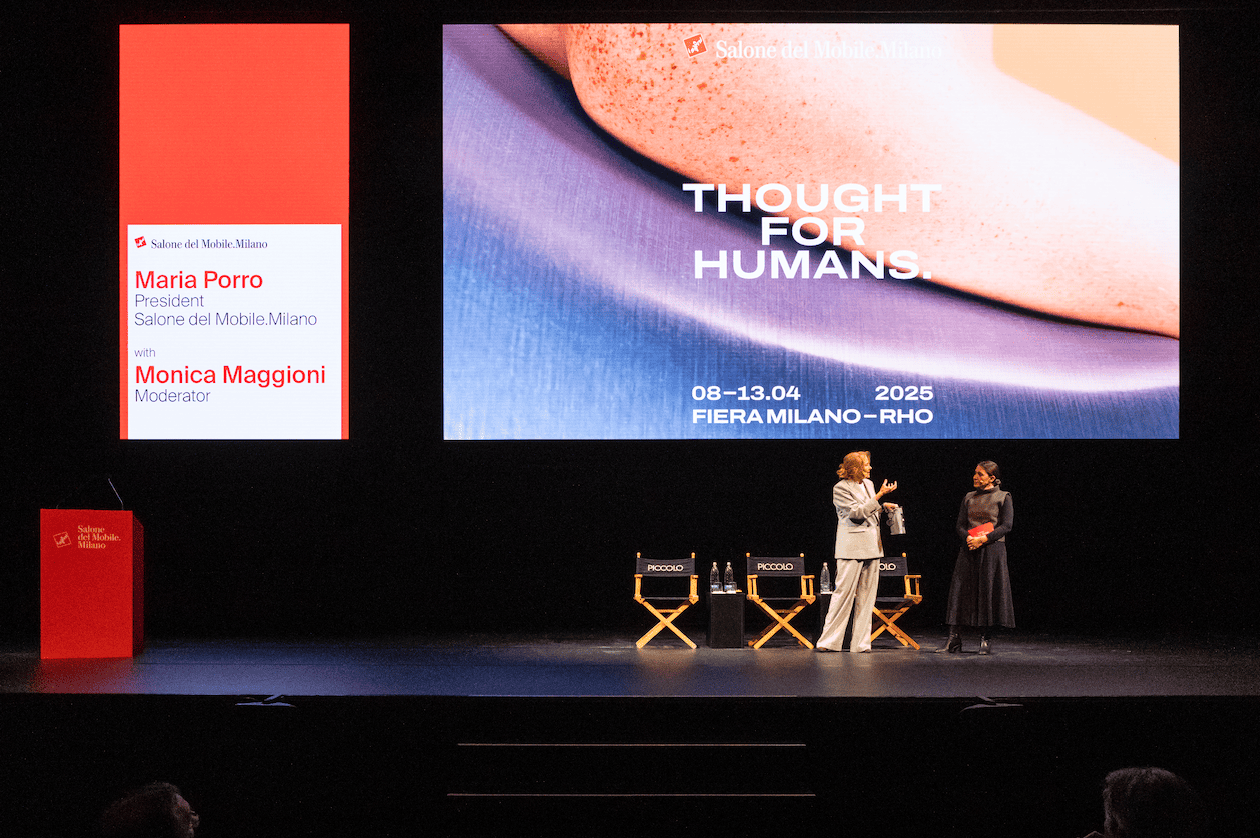As the world’s population increasingly moves into urban centres and people spend most of their time indoors, we hear more and more about biophilic design.
Biophilic design comes from the concept of Biophilia – ancient Greek for “Love for nature” – and strives to bring the natural world from outdoor into indoor spaces, in order to improve the space experience and therefore both physical and mental health of the users. There are many factors architects and designers need to thoroughly consider to design more biophilic spaces: use of natural materials, patterns and colours and more organic lines, the inclusion of ornamental plants, the optimisation of daylighting and a proper design of artificial lighting, just to name a few. All these factors reminiscent of natural forms and outdoor conditions can reduce stress, improve creativity and the overall well-being of individuals.
Key factors of lighting design for plants
The main and most obvious trend of biophilic design is integrating plants inside the spaces: ornamental green walls, hanging baskets, plants stands or pots arrangements, giving a more vibrant and dynamic appearance to the space. Together with air quality, humidity, temperature, amount of water and quality of the soil, lighting plays a determinant role in maintaining the health of indoor ornamental plants. It can enormously influence plants lives since it is their source of energy, able to activate the photoreceptors regulating their growth, metabolism, and physiological development. When exposure to daylight is not feasible, a careful design of artificial lighting for plants can properly help keeping them healthy and thriving.
There are four key factors to consider when designing lighting for indoor ornamental plants:
The spectral distribution of the light sources
The spectral distribution of the light sources and its corresponding Correlated Colour Temperature. Blue, Red, and Green, UV and Infrared radiations have multiple impacts on plants development and their speed of growth and the ratios of these components must be carefully designed to obtain the right lighting arrangement, depending on the plants species and their installation requirements. In addition to this, the selection of the correct light spectrum must also follow the lighting concept of the rest of the space, in order to build a coherent and impressive visual aesthetic. A good approach should therefore combine these two factors: growing and health requirements of the plants and the overall visual appearance of the space.

Light distribution
The type of distribution and the direction of the light can affect the plants development and their visual appearance. A uniform lighting arrangement would ensure that all leaves will receive the same amount of light and grow with the same pace, whilst a more uneven lighting distribution would replicate natural conditions and create a more dynamic visual appearance.
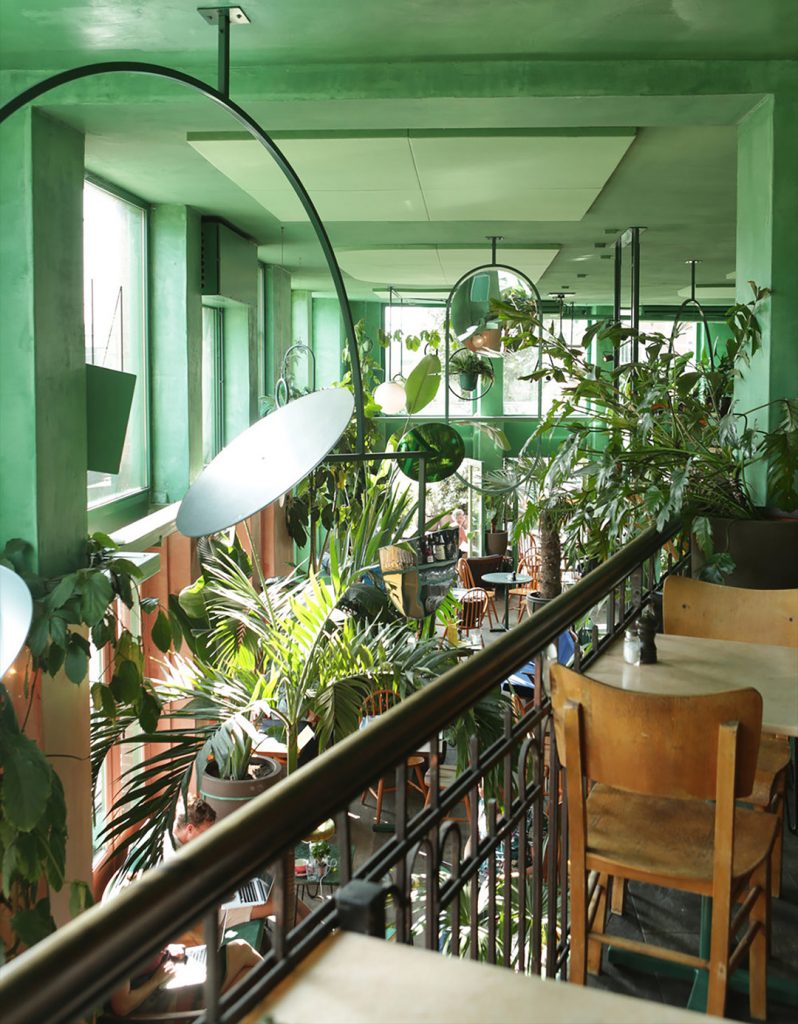
Light intensity
Plants need not only good quality of light to grow healthy and strong but also the right quantity of light. Too little light could impair photosynthesis, whilst too much light could make the plant grow very quickly, without building a strong structure. The latest research studies indicate the range of illuminance of 1000-2500 lx on the surface of the plants as appropriate for their well-being.
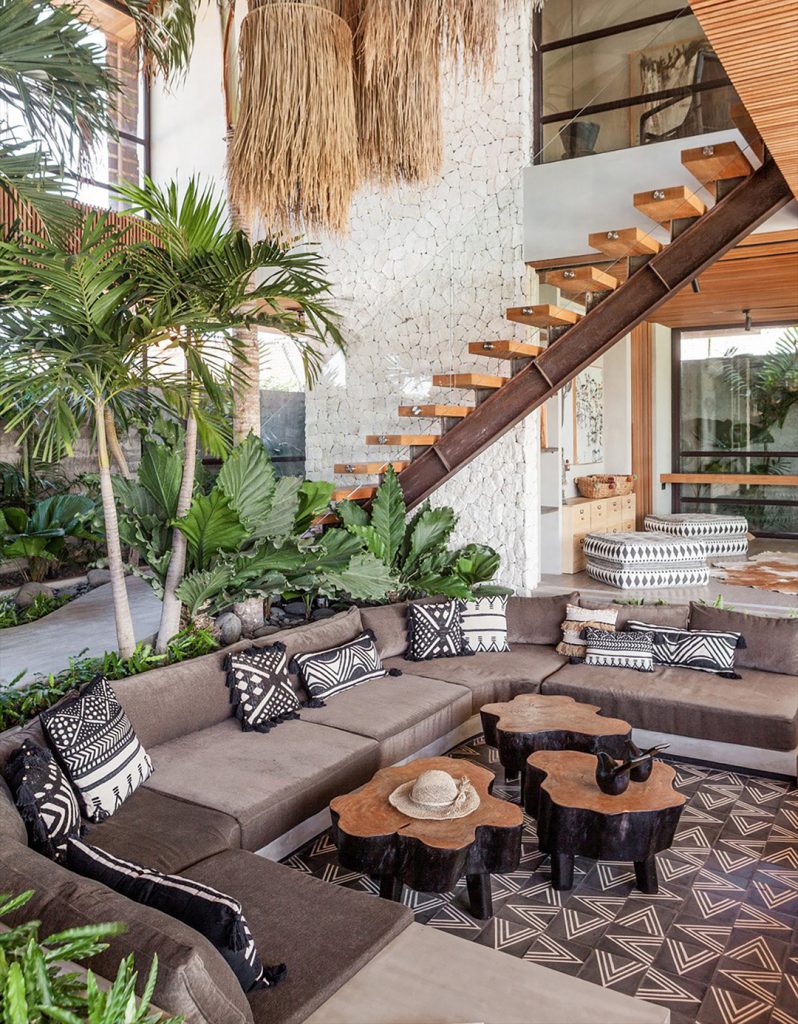
Duration of the exposure to light
Although there are different lighting requirements for different plants species in terms of duration of the light exposure, no species can endure uninterrupted exposure to light. Plants need to follow their natural cycle of light and darkness and need a “night period” to rest and remain healthy. In most cases, approximately 12 hours of light exposure every day will maintain the plants fit and strong.
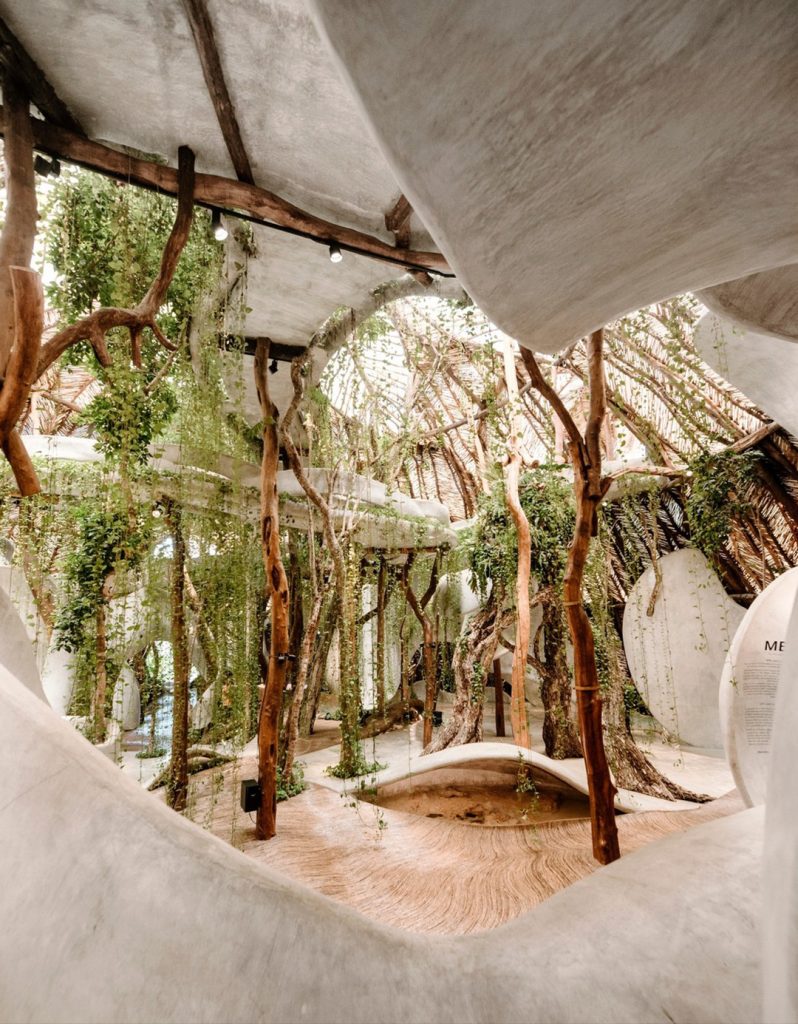
These four factors interact with each other and that is what makes designing lighting for plants quite challenging. Many researchers and lighting designers are currently investigating their influence on plants growth and visual appearance, in order to gain more knowledge and develop guidelines for lighting applications.
The future of biophilic design
Despite the complexities of planning and the lack of deeper knowledge on the subject, a conscious design of plants illumination can contribute a great deal to the overall visual appearance and experience of indoor spaces. Thanks to all the ongoing research projects, much more knowledge and insights into plants lighting will be soon available for designers to further extend and improve the biophilic approach to lighting projects.
